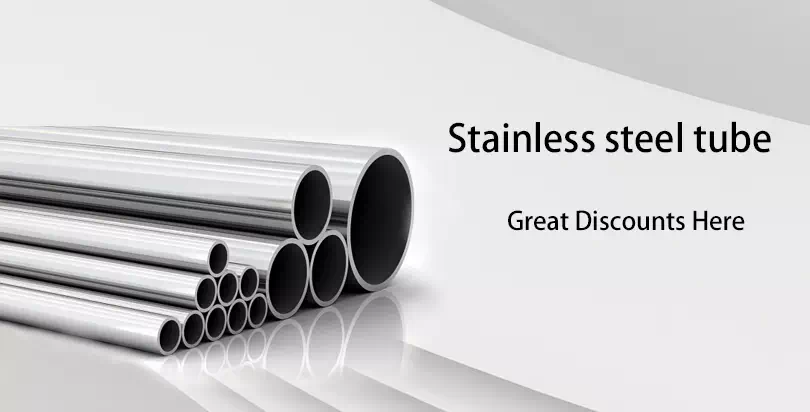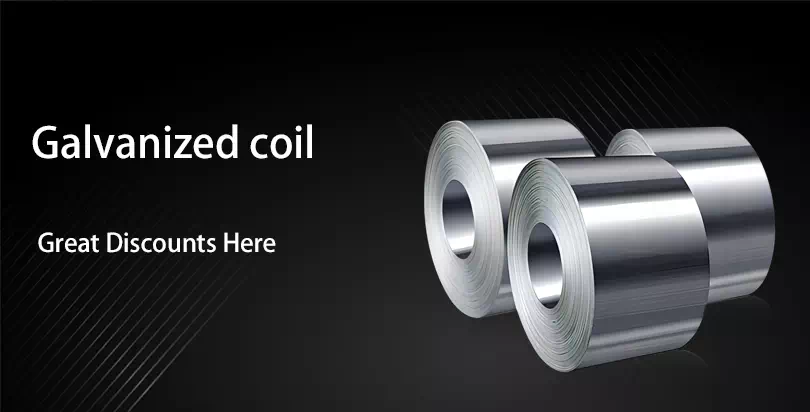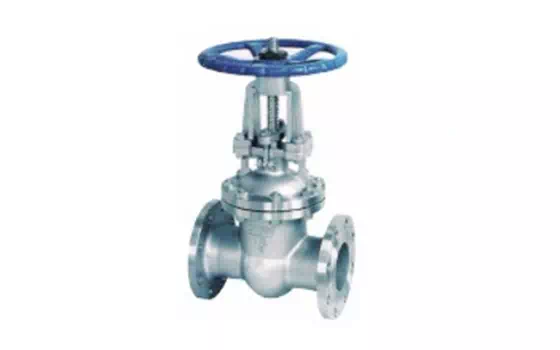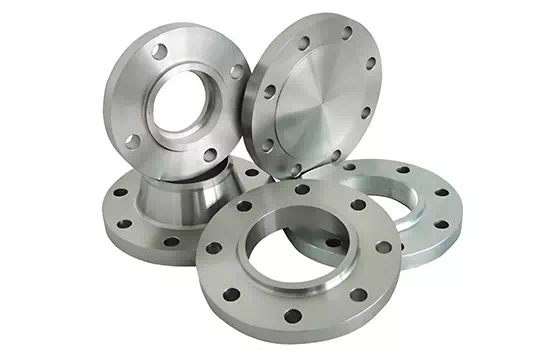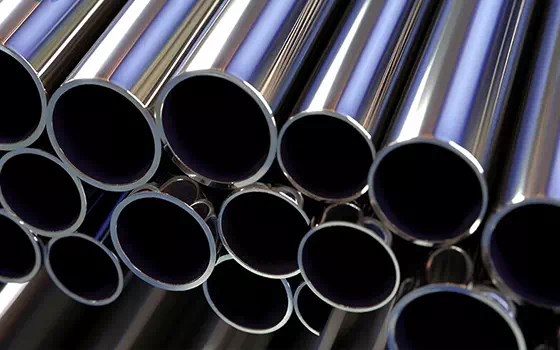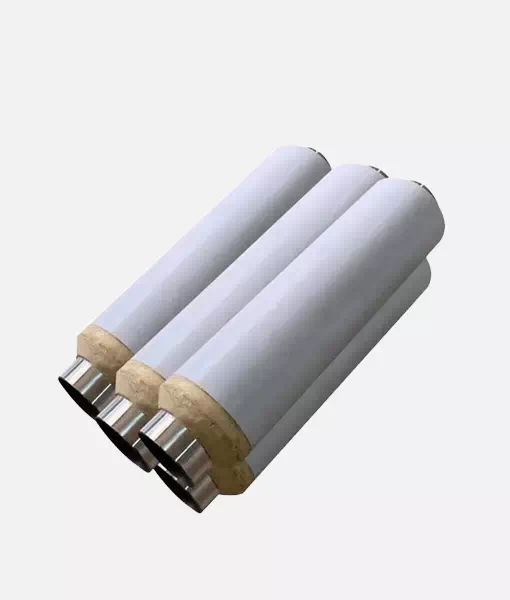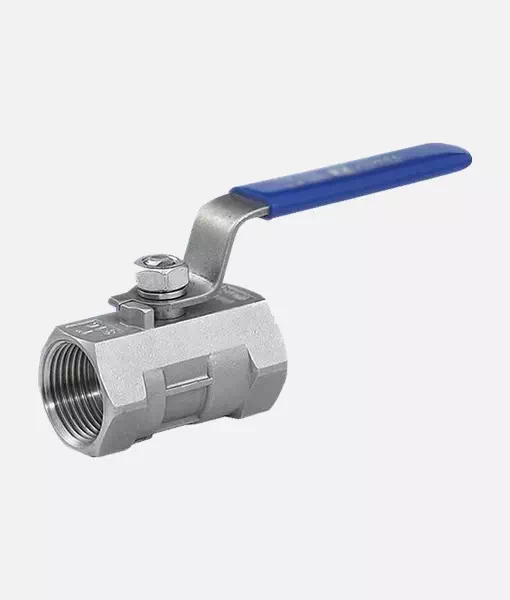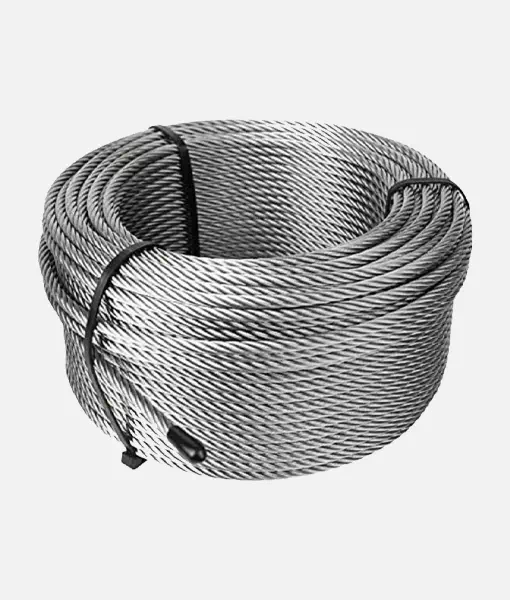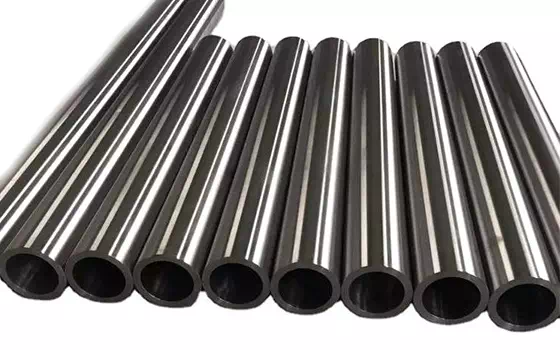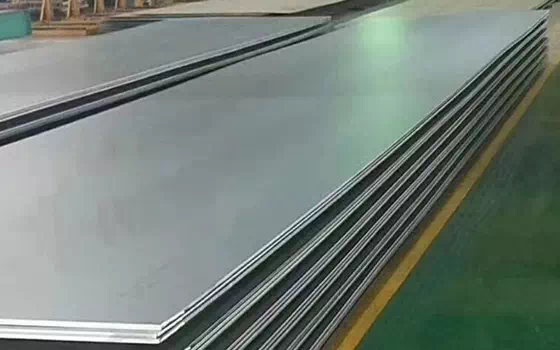Production technology of non - rust acid - resistant steelStainless steel introductionSaid resistant to acid, alkali, salt and other chemical etched medium corrosion of steel for acid resistant steel. There are differences in the degree of alloying between the two, so it is customary to refer to sta
Production technology of non - rust acid - resistant steel
Said resistant to acid, alkali, salt and other chemical etched medium corrosion of steel for acid resistant steel. There are differences in the degree of alloying between the two, so it is customary to refer to stainless steel as stainless steel.
Production technology
smelting
Electric arc furnace is used to make steel. In order to improve the purity of steel, the process of outside - furnace refining can be used. For precipitation-hardened stainless steel requiring strict control of chemical composition to ensure the structure and performance, it is not suitable to use too large capacity furnace and casting too large ingot.
Cold and hot working
Most stainless steels have relatively good thermoplasticity. But because the thermal conductivity of stainless steel is not as good as carbon steel, so the heating should be relatively slow, and the insulation time should be longer. Ferritic stainless steel grain is easy to grow, heating temperature should be low. Stop processing temperature should be controlled below 800℃, and ensure that there is a considerable amount of deformation at low temperature. Martensitic stainless steel should be cooled slowly after hot working. In the process of cold working, because of the large hardening tendency of austenitic stainless steel and semi-austenitic stainless steel, it must be annealed several times.
welding
The weldability of stainless steel is an important process performance index, should be able to use a variety of methods of welding, welding without crack, and corrosion resistance without obvious decline. In addition, the electrode and welding process conditions must be selected strictly according to the steel type; Some kinds of steel should be operated according to the pre - and post-welding heat treatment regulations.
Heat treatment
The selection of heat treatment temperature of ferritic stainless steel should avoid brittle area, generally carried out at 780 ~ 870℃. In order to prevent carbide precipitation during the cooling process, rapid cooling (such as water cooling) is required after heating. The heat treatment of austenitic stainless steel is mainly to make the carbide completely soluble in austenitic and prevent the formation of chromium carbide, so as to obtain a good corrosion resistance structure. It is usually heated to a high temperature (such as 1000 ~ 1150℃), and then cooled quickly to prevent carbide and intermediate phase precipitation, this method is called solid solution treatment. For stainless steel containing Ti and Nb, it can be heated to 800 ~ 900℃ and held for a certain time, so that a large number of Ti and Nb carbides form in the steel carbon, in order to prevent intercrystalline corrosion caused by chromium carbide precipitation along the grain boundary during subsequent welding (or heating at 450 ~ 850℃). This method is called stabilization treatment.
Austenitic ferritic stainless steel is generally treated with the same solution treatment as austenitic stainless steel. However, in order to control the appropriate proportion of each phase and prevent σ phase precipitation, the heat treatment temperature and cooling rate must be strictly controlled.
Martensitic stainless steel is generally quenched and tempered. The austenitizing temperature is usually around 1000℃. Because the hardenability of steel increases with the increase of carbon content in steel, cooling more oil cooling or air cooling. Tempering temperature is divided into low temperature (150 ~ 370℃) and high temperature (450 ~ 560℃) two kinds; Low temperature mainly eliminates internal stress, high temperature is to ensure good corrosion resistance at the same time, obtain excellent comprehensive mechanical properties.
For martensitic precipitation-hardened stainless steel, solid solution treatment is generally carried out first to obtain susaturated solid solution, which has martensitic structure after cooling. Then it is treated with precipitation hardening, and the aging process is used to produce fine and dispersed precipitation phase to improve the strength of the steel. Semi-austenitic (or semi-martensitic) precipitation-hardened stainless steel, the heat treatment process includes solid solution treatment, intermediate treatment and precipitation-hardened aging treatment and other stages.


